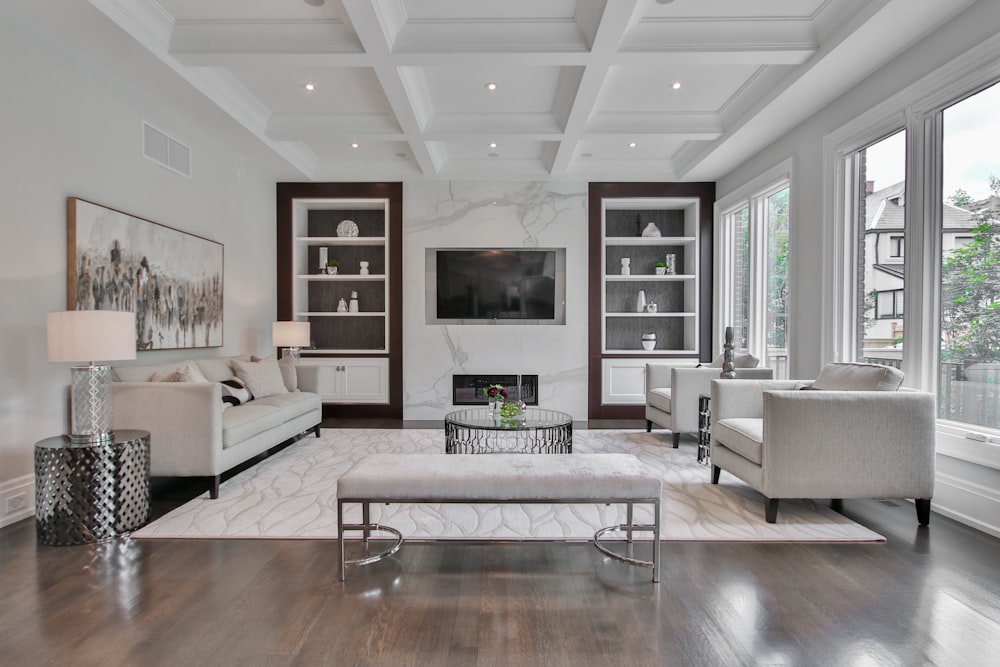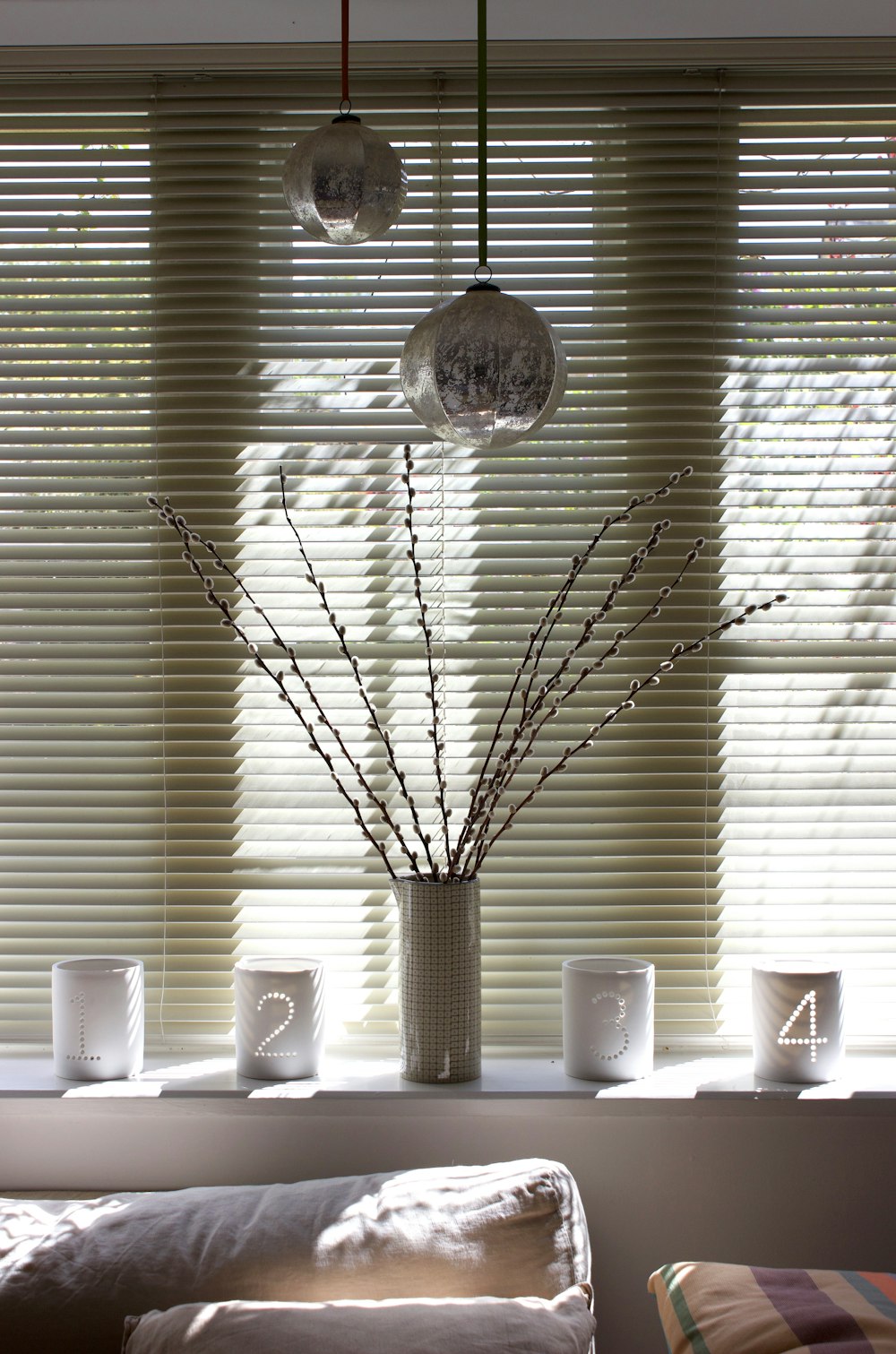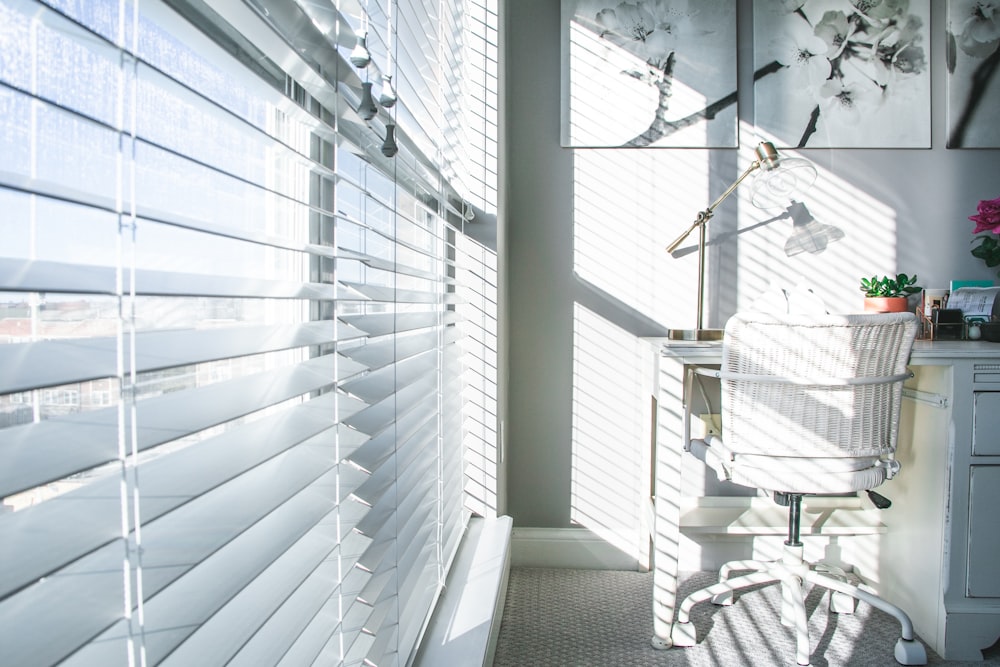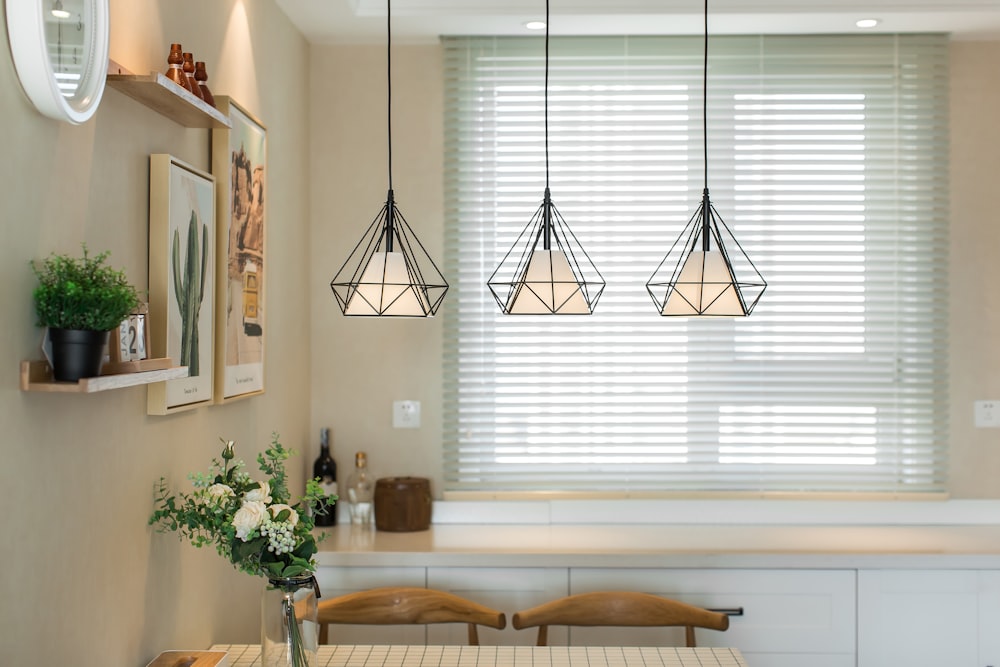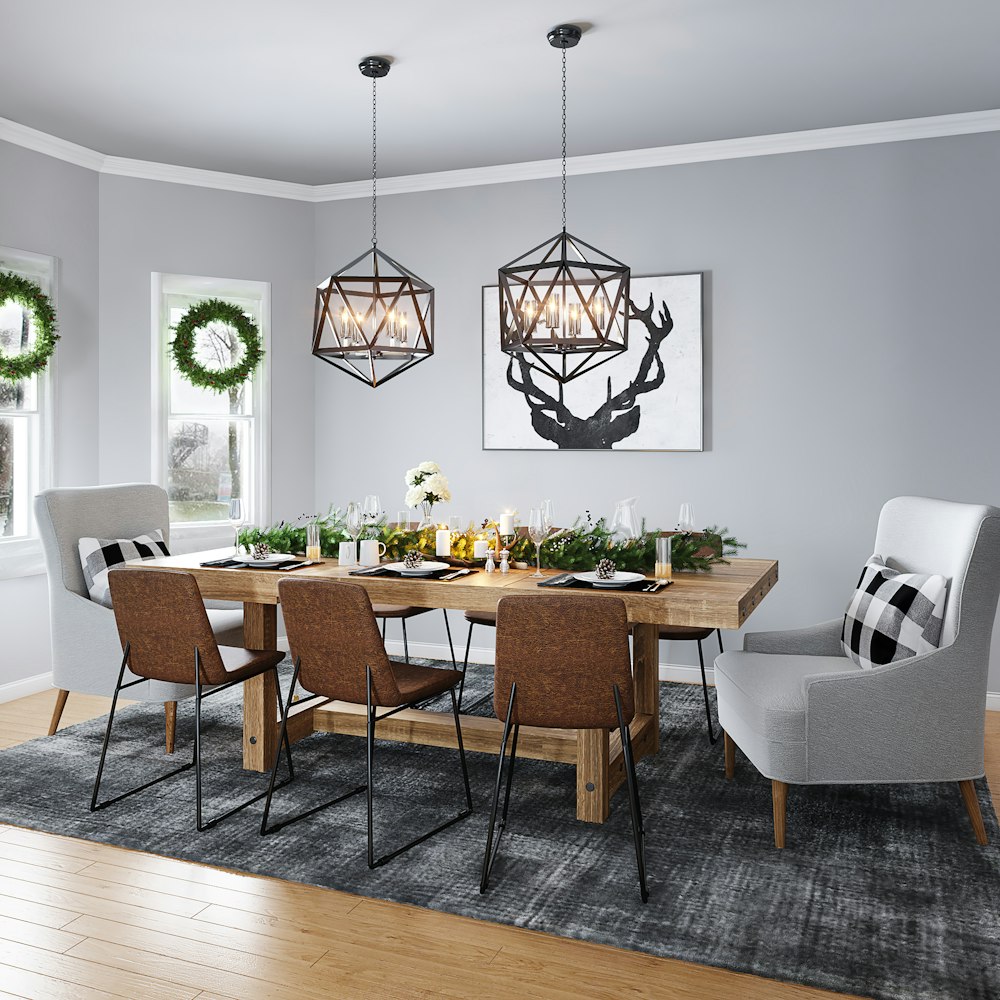Using this homeowner’s guide, navigate the world of electricity providers with confidence. Explore tips for selecting the ideal provider, including assessing customer service quality and reviewing contract terms. Consider renewable energy options and incentives for long-term savings. Make an informed choice tailored to your needs for a seamless electricity provider match.
Understanding Your Electricity Needs
Before choosing the right electricity provider, you need to understand your electricity needs. This involves looking at your past electricity usage and identifying any trends. For example, do you use more electricity during summer, or is your usage consistent throughout the year? For those in Texas, the choice might come down to understanding the offerings from a Dallas electricity company or elsewhere in the state.
Consider appliances and devices that consume energy most, and think about your family’s routine. Knowing your energy consumption helps you make a more informed decision when scrutinizing the available plans and providers. Additionally, understanding your peak usage times can assist in choosing a plan that offers lower rates during off-peak hours, potentially saving you money.
Also, consider your future needs. Are you planning to install a home office, buy an electric vehicle, or have additional family members living with you? These factors can influence your electricity consumption and the plan that will suit you best in the long term.
Comparing Providers and Plans
Not all electricity providers are created equal. Different providers offer various plans and rates; something other than what works for one household might work for another. It’s essential to compare each provider’s other plans and rates. Look for any additional benefits that might be included in these plans, such as smart home integration or green energy options.
Be sure to read the fine print on each plan. Some plans might have hidden fees or require long-term contracts, while others offer month-to-month flexibility. To quickly see the differences, it can be helpful to make a comparison chart of several providers and their programs. Pay attention to details like introductory rates that may change after a certain period and whether the rates are fixed or variable.
Another factor to consider is each plan’s pricing model. While some providers may provide time-of-use plans with charges that change depending on the time of day, others may offer tiered rates based on your consumption level. Awareness of these subtleties will make selecting a plan that fits your budget and consumption habits easier.

Benefits of Renewable Energy Options
The transition to renewable energy signifies more than a passing trend; it signals a shift towards a sustainable future. Renewable energy sources like solar and wind power can provide long-term financial savings and reduce carbon footprint. Recent research indicates that investments in renewable energy reduce energy expenses over time and promote environmental sustainability.
Many electricity providers now offer plans featuring a portion or all of their energy derived from renewable sources. Opting for these plans is worthwhile if reducing environmental impact is a priority. Furthermore, certain regions provide incentives for households opting for renewable energy, such as tax credits, rebates, or discounted rates.
Choosing renewable energy can also shield you from fluctuations in fossil fuel prices. As renewable energy technology advances, the cost of electricity generation from these sources is expected to decline, potentially resulting in savings on your energy bill.
Current Market Trends
Keeping up with the latest developments in the energy sector might be helpful when selecting an electricity supplier. Deregulation has allowed for more competition and often better rates for consumers. Reviewing current market reports and forecasts helps you understand how changes in the energy sector affect your choice of provider.
The trend toward utility deregulation in many regions has empowered consumers to choose from many providers, fostering increased competition. This has often led to more competitive pricing and innovative service offerings. Observing market patterns might yield insightful information and even cost-saving opportunities.
Additionally, the increased adoption of smart grid technology transforms how electricity is distributed and consumed. Smart meters allow for real-time energy usage tracking, giving consumers more control and helping them make more informed decisions about their energy consumption. This can be particularly beneficial if you want to monitor and reduce your energy use.
The Importance of Customer Service
Customer service might not be the first thing you consider when choosing an electricity provider, but it’s something to consider. Good customer service can make a big difference if you ever have issues with your power or need assistance understanding your bill. Some providers offer 24/7 support and user-friendly apps to help you manage your account easily.
Think about reading reviews and getting referrals from loved ones. A company that excels in customer service can guarantee a seamless encounter and prompt and effective resolution of any possible problems.
Accessibility is vital when it comes to customer service. Good customer service can significantly enhance your satisfaction with your electricity provider, whether it’s easy-to-navigate websites, comprehensive FAQs, or human customer service representatives who are readily available to assist you.














